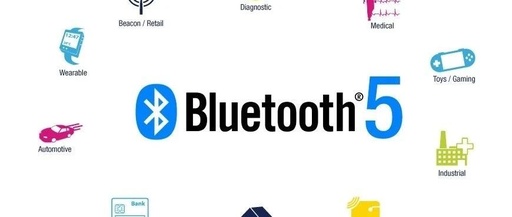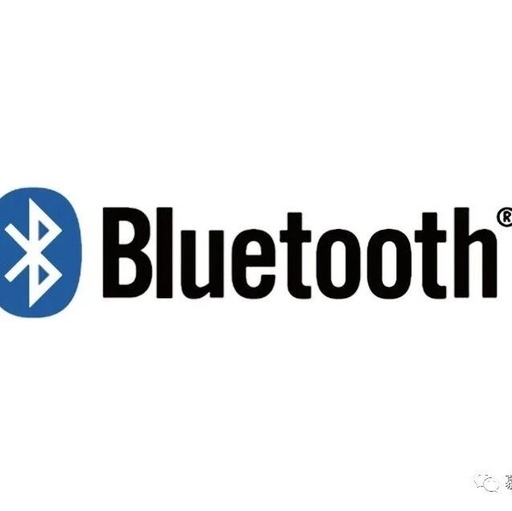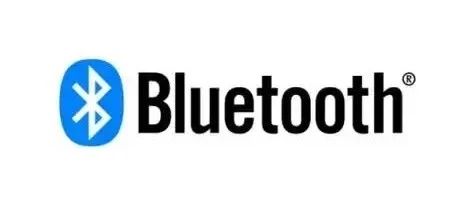Low Power, High Potential: Understanding Bluetooth BLE Technology
Hello everyone, welcome to <span>LiXin Embedded</span>. Today, let’s talk about a technology that is super popular in the Internet of Things (IoT) field—Bluetooth Low Energy (BLE). You may already be using Bluetooth headphones, fitness bands, or smart lights at home, but did you know? BLE is quietly changing our lives. From smart homes to medical … Read more









